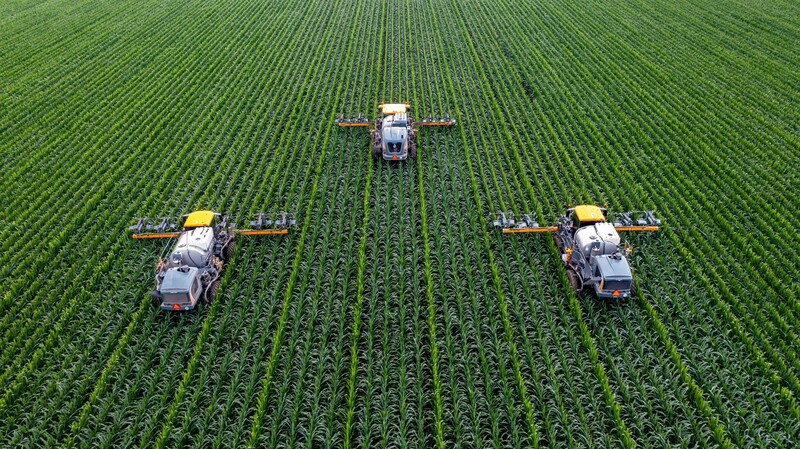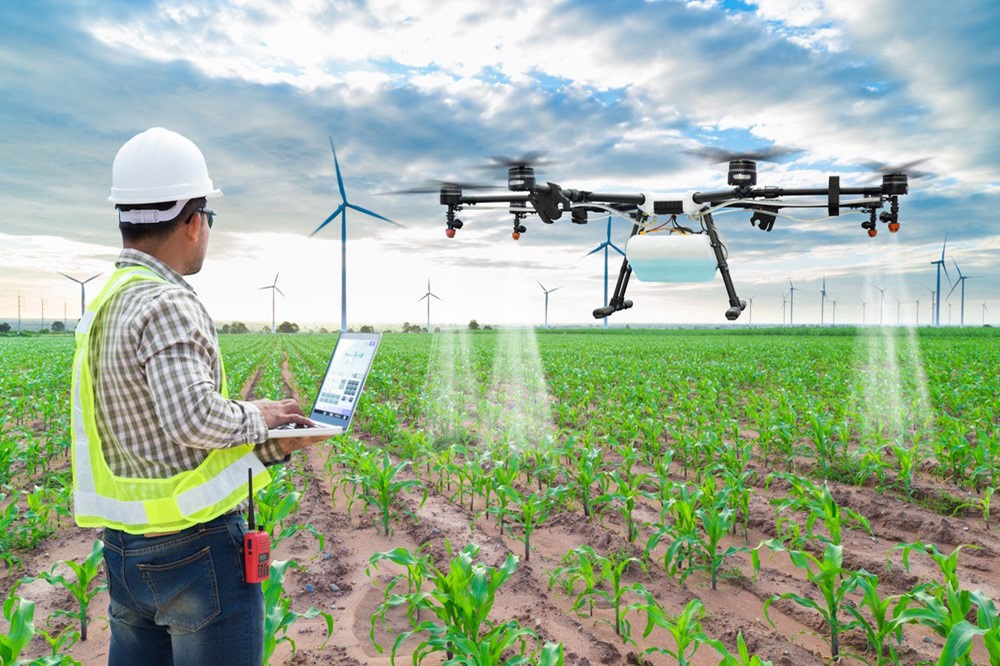The agricultural industry, the backbone of global food security, faces evolving challenges—from climate change to population growth. Addressing these demands requires transformative approaches to land development, and Integrated Land Development Funds (ILDFs) have emerged as a pivotal solution. These funds represent a structured, multi-stakeholder approach to financing and executing sustainable land development projects, empowering farmers, enhancing productivity, and ensuring long-term environmental stewardship.
This article offers a comprehensive exploration of Integrated Land Development Funds, detailing their structure, benefits, mechanisms, and the transformative role they play in the modern agriculture landscape.
What Are Integrated Land Development Funds (ILDFs)?
ILDFs are specialized financial instruments or pools of capital designed to support holistic agricultural land development. They integrate various elements of farming, such as:
- Land preparation (e.g., irrigation, terracing, or soil rehabilitation).
- Infrastructure development (e.g., roads, storage facilities, and water systems).
- Sustainability initiatives (e.g., reforestation, renewable energy, and carbon capture).
These funds typically bring together public and private stakeholders, including governments, financial institutions, agribusinesses, and farmers, to achieve shared economic, social, and environmental objectives.
The Core Objectives of ILDFs
- Enhancing Agricultural Productivity: Improve yields through better soil health, water management, and infrastructure.
- Sustainable Development: Promote environmentally friendly practices to preserve ecosystems.
- Economic Empowerment: Increase farmer incomes by reducing costs and improving access to markets.
- Risk Mitigation: Minimize risks associated with climate change, resource scarcity, and market fluctuations.
How ILDFs Operate
1. Funding Sources
Integrated Land Development Funds are typically financed through a combination of:
- Government Allocations: Public budgets allocated to rural development.
- Private Sector Investment: Contributions from agribusinesses and financial institutions.
- Multilateral Agencies: Funding from organizations like the World Bank or United Nations.
- Community Contributions: Farmer cooperatives or associations pooling resources.
2. Allocation of Resources
Funds are strategically deployed based on land development needs, with a focus on:
- Land Rehabilitation: Restoring degraded lands for productive use.
- Infrastructure Development: Building roads, irrigation systems, and storage facilities.
- Capacity Building: Providing training and resources to farmers for modern, sustainable practices.
3. Stakeholder Collaboration
ILDFs rely on the active participation of multiple stakeholders:
- Governments: Establish policies, regulatory frameworks, and oversight mechanisms.
- Financial Institutions: Manage fund disbursement and monitoring.
- Farmers: Implement land development projects and adopt best practices.
- NGOs and Experts: Provide technical expertise and advocacy for sustainable practices.
Benefits of Integrated Land Development Funds
1. Accelerated Agricultural Growth
ILDFs provide the financial and technical resources necessary to transform underutilized or degraded lands into productive assets.
Example: In Ethiopia, integrated land development initiatives have converted arid lands into fertile farms, boosting agricultural outputs by 30%.
2. Climate Resilience
By funding sustainable practices such as agroforestry, water conservation, and renewable energy, ILDFs help mitigate climate risks.
Example: A reforestation project in Kenya, supported by ILDFs, has reduced soil erosion and enhanced water retention, safeguarding farms against droughts.
3. Economic Empowerment for Farmers
Improved land quality and infrastructure reduce production costs, increase yields, and enable farmers to access better markets.
Example: In India, ILDF-funded irrigation systems have doubled crop productivity in previously drought-prone regions.
4. Food Security
By improving agricultural productivity and reducing waste, ILDFs contribute to global food security.
Example: Integrated projects in Southeast Asia have enhanced rice yields, securing food supplies for millions.
Global Case Studies of ILDFs
1. The Green Morocco Plan (Morocco)
Morocco launched an integrated land development initiative to modernize its agricultural sector. The program focused on:
- Rehabilitating degraded lands.
- Building water-efficient irrigation systems.
- Empowering smallholder farmers through financial and technical support.
Outcome: The initiative increased agricultural GDP by 44% over a decade.
2. Landcare Program (Australia)
Australia’s Landcare initiative is a community-driven ILDF model emphasizing sustainable land management. It integrates reforestation, soil conservation, and biodiversity preservation.
Outcome: Over 6,000 projects have restored millions of hectares of farmland while protecting native ecosystems.
3. Comprehensive Africa Agriculture Development Programme (CAADP)
This pan-African program promotes integrated land development through coordinated funding and technical assistance.
Outcome: Participating countries have seen a 6% annual growth in agricultural productivity.
Challenges in Implementing ILDFs
1. Funding Gaps
Securing sufficient, consistent funding remains a significant challenge.
Solution: Expand public-private partnerships and explore innovative financing, such as green bonds or impact investments.
2. Governance and Oversight
Ensuring transparency and accountability in fund management is critical.
Solution: Use blockchain and digital tracking systems to monitor fund allocation and project outcomes.
3. Farmer Participation
Smallholder farmers may lack the knowledge or resources to engage fully with ILDF initiatives.
Solution: Provide training, incentives, and community outreach to encourage participation.
Future Trends in ILDFs
1. Technology-Driven Solutions
The integration of advanced technologies is revolutionizing ILDF projects:
- GIS Mapping: Identifying optimal land development areas.
- Drones: Monitoring land use and environmental impact.
- IoT Sensors: Enhancing irrigation efficiency and soil health monitoring.
2. Carbon Credits and Sustainability Incentives
ILDFs are aligning with global carbon markets, allowing farmers to earn credits for sustainable practices.
Example: Reforestation projects funded by ILDFs can generate carbon credits, providing an additional income stream for farmers.
3. Cross-Sector Collaboration
ILDFs are increasingly involving non-agricultural sectors, such as energy and technology, to create multi-functional landscapes.
Example: Solar-powered irrigation systems funded by ILDFs are transforming arid lands in Africa.
4. Social Inclusion
Future ILDFs will prioritize gender equality and youth engagement, ensuring all community members benefit.
Example: Women-led cooperatives in Nepal are spearheading ILDF projects, increasing female participation in agriculture.
Best Practices for Successful ILDF Implementation
- Comprehensive Needs Assessment: Conduct surveys and feasibility studies to identify priorities.
- Inclusive Stakeholder Engagement: Foster collaboration across all levels of government, private sector, and local communities.
- Sustainability Integration: Align projects with environmental and social sustainability goals.
- Transparent Monitoring: Use digital tools to ensure accountability and track progress.
- Scalability and Replication: Design projects that can be scaled or replicated across regions.
Conclusion
Integrated Land Development Funds are a transformative tool for modern agriculture, addressing challenges such as land degradation, climate change, and food insecurity. By combining financial resources, technical expertise, and collaborative governance, ILDFs empower farmers, drive sustainable practices, and enhance productivity.
As global challenges continue to intensify, investing in ILDFs is not just an economic imperative—it is a moral commitment to creating a resilient, equitable, and sustainable agricultural future. By embracing innovation, fostering partnerships, and prioritizing inclusivity, ILDFs will remain a cornerstone of agricultural development for generations to come.



